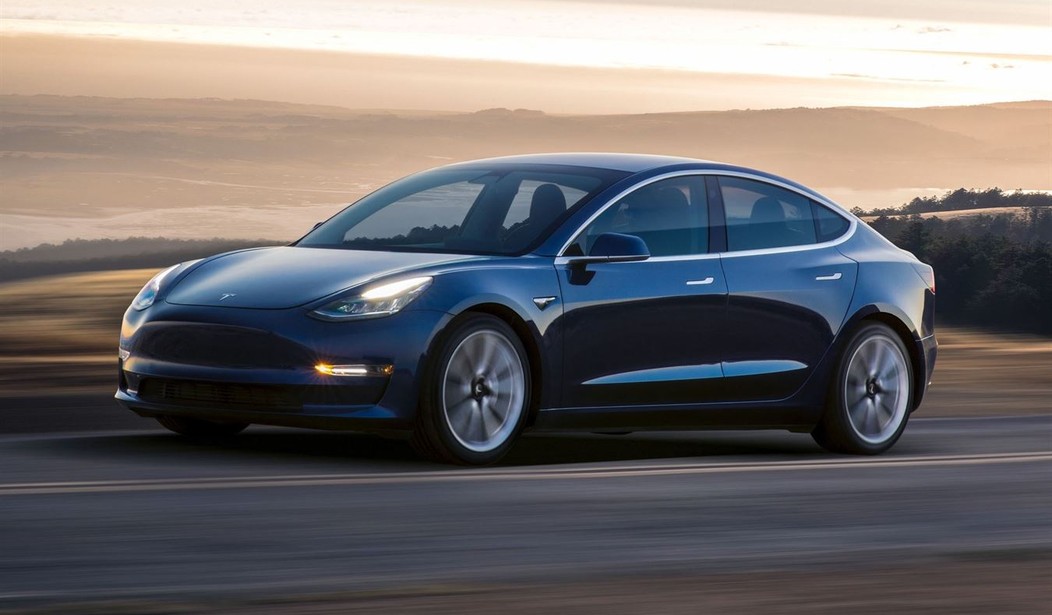Almost a month ago we looked at a rather mysterious case of a Tesla Model 3 that may or may not have been on “autopilot” crashing into a tree and killing both of the vehicle’s occupants. Elon Musk came out later and claimed that the car couldn’t have been in autopilot mode at the time of the crash for a number of reasons, though other owners weighed in arguing that might not be the case. That crash is still being investigated, but now yet another incident has taken place.
On May 5th, another Tesla Model 3 was traveling in Fontana, California when it crashed into an overturned tractor-trailer, killing the driver and seriously injuring a person who had been trying to help the truck’s driver escape the vehicle. Authorities originally said this Tesla was also in autopilot mode, but later walked that claim back, saying they didn’t know what mode it was in. But the driver of the Tesla, 35-year-old Steven Michael Hendrickson, was found to have been a member of the Southern California Tesla Club and had regularly posted videos of himself driving the car in autopilot mode. (Associated Press)
In the Fontana crash, a 35-year-old man identified as Steven Michael Hendrickson was killed when his Tesla Model 3 struck an overturned semi on a freeway about 2:30 a.m.
Hendrickson was a member of the Southern California chapter of a Tesla club who posted numerous photos and videos on social media of his white Model 3. One video on his Instagram account showed him riding in the driver’s seat without his hands on the wheel or foot on the pedal as the Tesla navigated freeway traffic. The video included the comment: “Best carpool buddy possible even takes the boring traffic for me.”
A GoFundMe page set up to raise money for his funeral and memorial service says Hendrickson was survived by his wife and two children. A message seeking comment from his wife has not been returned.
The National Highway Traffic Safety Administration is investigating this crash, just as they are the previous one I mentioned. But this dangerous phenomenon isn’t limited to just those two incidents. The NHTSA has recorded 29 incidents of these Teslas crashing, with three people having been killed and plenty more than that injured. What is going on here?
The research done by the AP turned up more of these types of crashes going back to 2016. It appears that the Tesla is not always reliable when it comes to recognizing a semi crossing the road in front of it, perhaps mistaking the high undercarriage of the trailer as open road. At least two Teslas have been crushed under trailers in that fashion, with both of the drivers being killed. In another 2018 incident, an Apple engineer using his Tesla on autopilot was killed when the vehicle drove straight into a highway barrier at high speed.
Tesla’s defense thus far has been to say that the vehicles can’t go into autopilot mode unless the system detects the weight of the driver in the driver’s seat. Also, you have to have your hands on the wheel every ten seconds or the car will drop out of autopilot and begin to brake. In terms of safety, those features either aren’t working reliably or there are a lot of really incompetent Tesla drivers out there.
The other point about these systems is that you pay a lot of money to have the autopilot mode available. But based on Musk’s claims, this really isn’t a true autopilot in any sense of the word, is it? When this concept was originally being pitched, drivers were told that they could probably improve their productivity and take some of the drudgery out of commuting by being able to do other things while their car handled the trip. But if you have to be in the seat and have your hands on the wheel most of the time, ready to jump in and take control at a moment’s notice, how is that significantly different than just driving a normal car? The only difference I can see is that your Tesla will just drill a bigger hole in your savings account.
Potential buyers should also keep the current state of the battery technology used in these electric vehicles in mind. In the Texas crash we covered last month, the vehicle burst into flames after hitting a tree and the fire department needed 20,000 gallons of water to put it out. And that doesn’t even start to address the environmental issues raised by those massive batteries.
Every big leap forward in technology comes at a price. The more I see of these supposedly “self-driving cars,” the more I wonder if they are really ready for prime time yet.







Join the conversation as a VIP Member